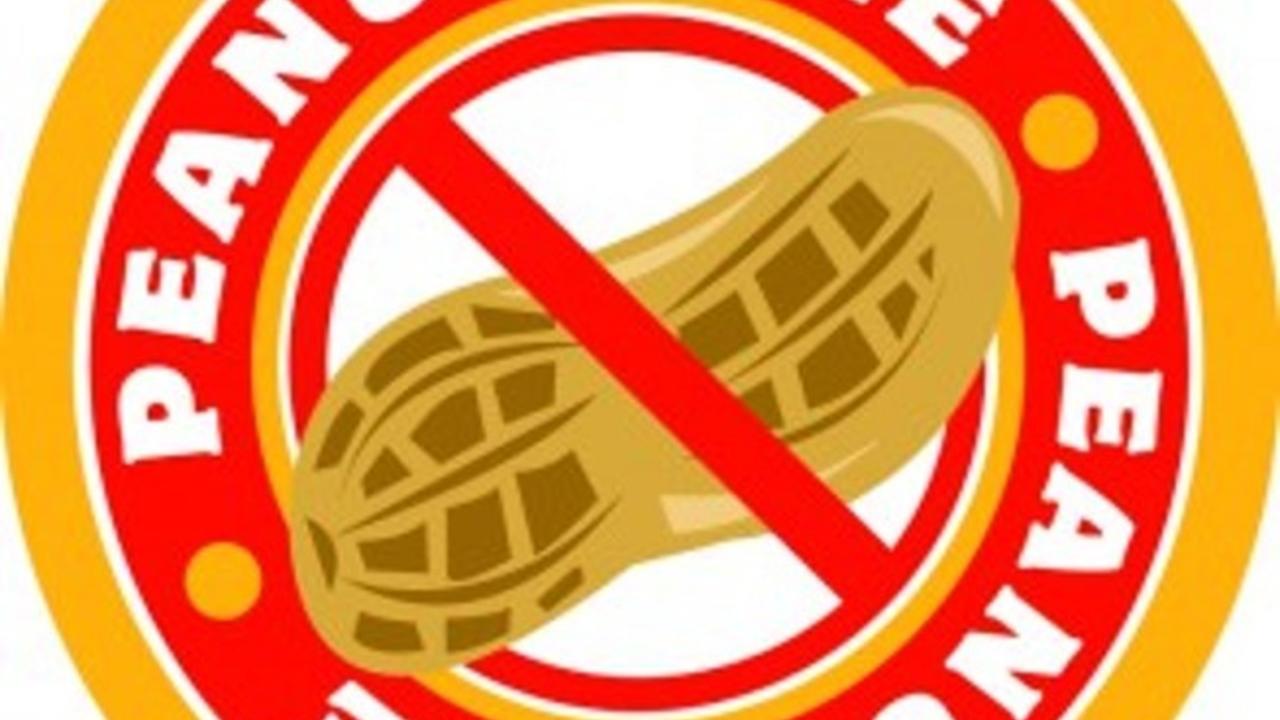
Allergic to Peanuts? Beware of Soy.
Mar 06, 2015Severe reactions to soy were once rare. Today they are increasingly common, and pose especially high risks to children already afflicted with peanut allergies.
In 1999, the journal Allergy reported that four children in Sweden died after eating a minuscule amount of soy “hidden” in hamburgers. The Swedish National Food Administration promptly warned parents and pediatricians of the soy-peanut link, and stated that children suffering from both peanut allergy and asthma are at very high risk.
Additional risk factors reported included other food allergies, a family history of peanut or soy allergies, a diagnosis of asthma, rhinitis or eczema, and/or a family history of those diseases. The researchers found it took only a tiny, almost indiscernible, amount of soy to create a severe and even life-threatening reaction in susceptible individuals. Even more surprising, they discovered severe allergic reactions could happen suddenly and unexpectedly to people with no known soy allergies.
Sadly, the Swedish National Food Administration warning has not been publicized much in the U.S. Indeed, the Soyfoods Association of North America – and even many allergy support groups – recommend soy nut butter and soy nuts for children allergic to peanuts and tree nuts. As a result, few people have heard of the deadly soy/peanut connection, and numerous adverse reactions have been reported.
Tragically, there have also been several deaths.
On April 13, 2006, 13-year old Emily Van Der Meulen died. Emily had a severe peanut allergy and assiduously avoided peanuts, but did not know she should also have avoided soy. She died after eating a meal that was apparently peanut free but contained a tiny amount of soy. Just as in the Swedish study, she had not previously reacted to soy.
After Newsweek ran a cover story on the growing threat of food allergies to children, Emily’s parents Paul and Catrina Vonder Meulen spoke up to warn people about soy:
“The Newsweek article talks about the growing threat of food allergies but with no mention of soy. Soy is a silent killer—a hidden ingredient in almost every type of food out there from hamburgers to breads. We were never told about the dangers of cross reactivity despite well-documented cases of children with peanut allergies who have died after eating soy, not peanuts. The Mayo Clinic has warned about the dangers of soy for severely peanut-allergic people with asthma, yet most allergists and allergy information websites fail to warn parents of this danger. We very much want to alert the many parents who are unaware of soy’s risks to children with peanut allergies and asthma.”
On February 22, the Weston A. Price Foundation learned of the death of a nine year old girl who was allergic to peanuts but died after drinking soy milk:
“My cousin’s daughter just passed yesterday after having soy milk for the first time. She was known to have peanut allergies and asthma. My cousin watched what she ate but he was not aware of the relationship between the peanut allergy and soy. She had an asthma attack and did not respond to treatment. My cousin and his wife performed CPR; she was taken to a hospital in Baltimore then flown to DC Children’s. All of her systems failed and she died Tuesday morning. She was the light in her father’s eyes. Her brother thought she hung the moon just for him; her mother is devastated.”
Hundreds of other mystery deaths may also have been caused by the soy-peanut connection. Indeed, it’s a question that needs to be asked whenever we hear that someone with peanut allergies dies suddenly after eating a hamburger, a burrito or some other food that did not contain peanut ingredients.
The obvious question is, why so many reactions, and why now?
Soy is now widely acknowledged to be one of the top eight allergens, and many experts believe it will soon be in the top four. Reasons for the rise include the widespread use of soy infant formula, growing numbers of vegetarians and others health-conscious individuals who substitute soy products for meat and/or dairy, and the increased number of allergens found in genetically modified (GMO) soy. The last appears to be particular important as the number of people diagnosed with soy allergies has increased by 50 percent since 1998, the first year that genetically modified soybeans entered our food supply.
The GMO issue may be the key to the increasingly number of severe soy-peanut cross-reactions. As reported by Robyn O’Brien on the AllergyKids website:
“According to previously undisclosed research and the Peanut Genome Initiative, it appears that in the genetic engineering of soy, a soy allergen was created that is 41 percent identical to a known peanut allergen, ara h 3. This new allergen, now found in soy, is recognized by 44 percent of peanut allergic individuals. Recent studies out of the University of London conducted by Gideon Lack support this undisclosed research and highlight the role that conventional soy (and soy formula) play in the development of the peanut allergy. . . In the United States, 90 percent of soy now contains these new proteins, chemicals and allergens.”
Why hasn’t this news gotten out? Why do so many allergy support groups neglect to issue warnings about the soy-peanut connection?
Given the fact that soy ingredients are in more than 60 percent of processed or packaged foods and nearly 100 percent of fast foods, this is simply irresponsible.
Not surprisingly, the reason appears to be the usual principle of profits over people. According to Robyn O’Brien of AllergyKids, “Leading pediatric allergists and researchers have been funded by the agrichemical corporation responsible for engineering these proteins, chemicals and toxins into soy.”
Despite the best efforts of AllergyKids, the Van Der Meulens and others, the soy/peanut connection remains largely unknown. Please share this article with as many people as possible. You may save a life.


